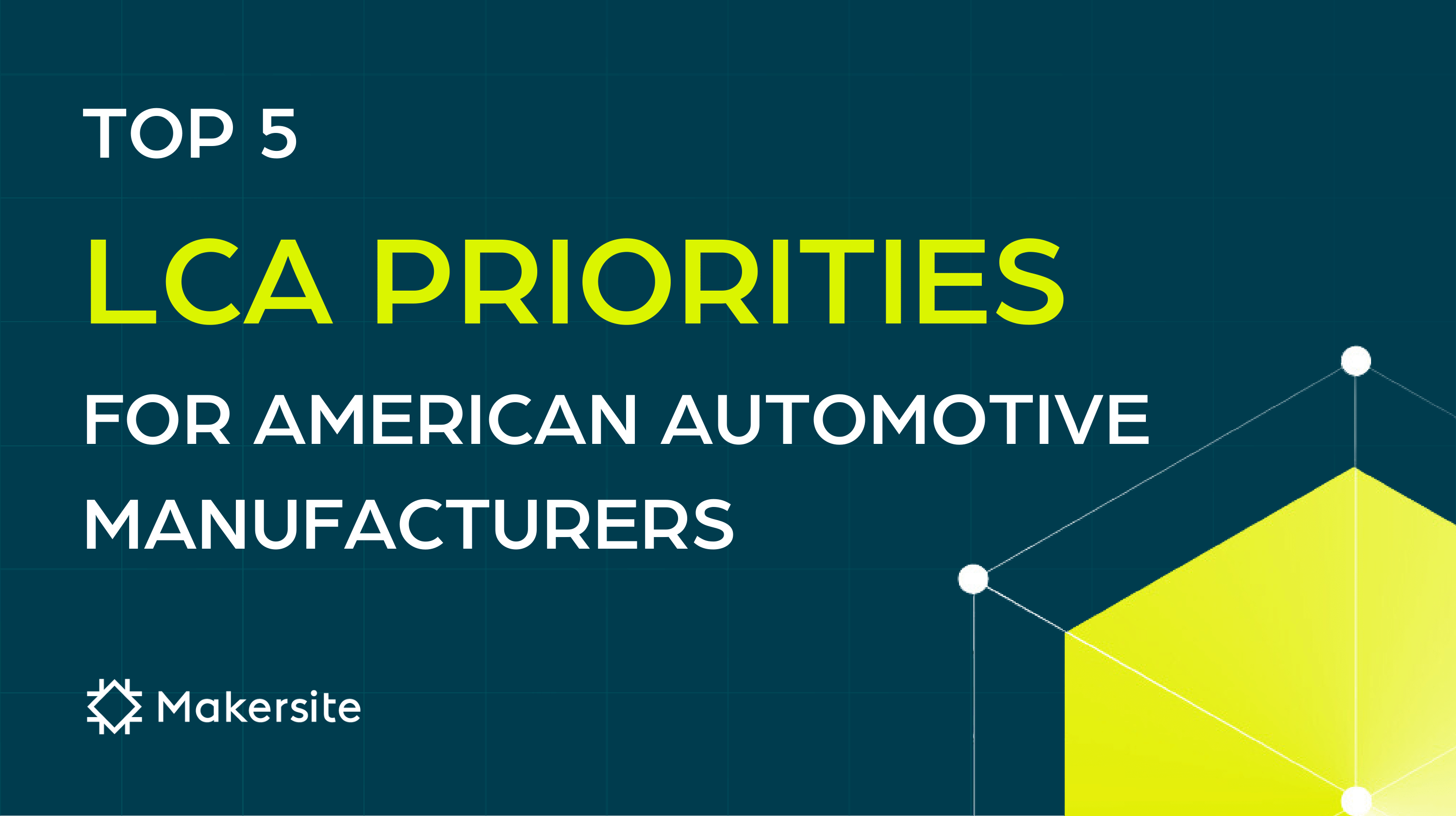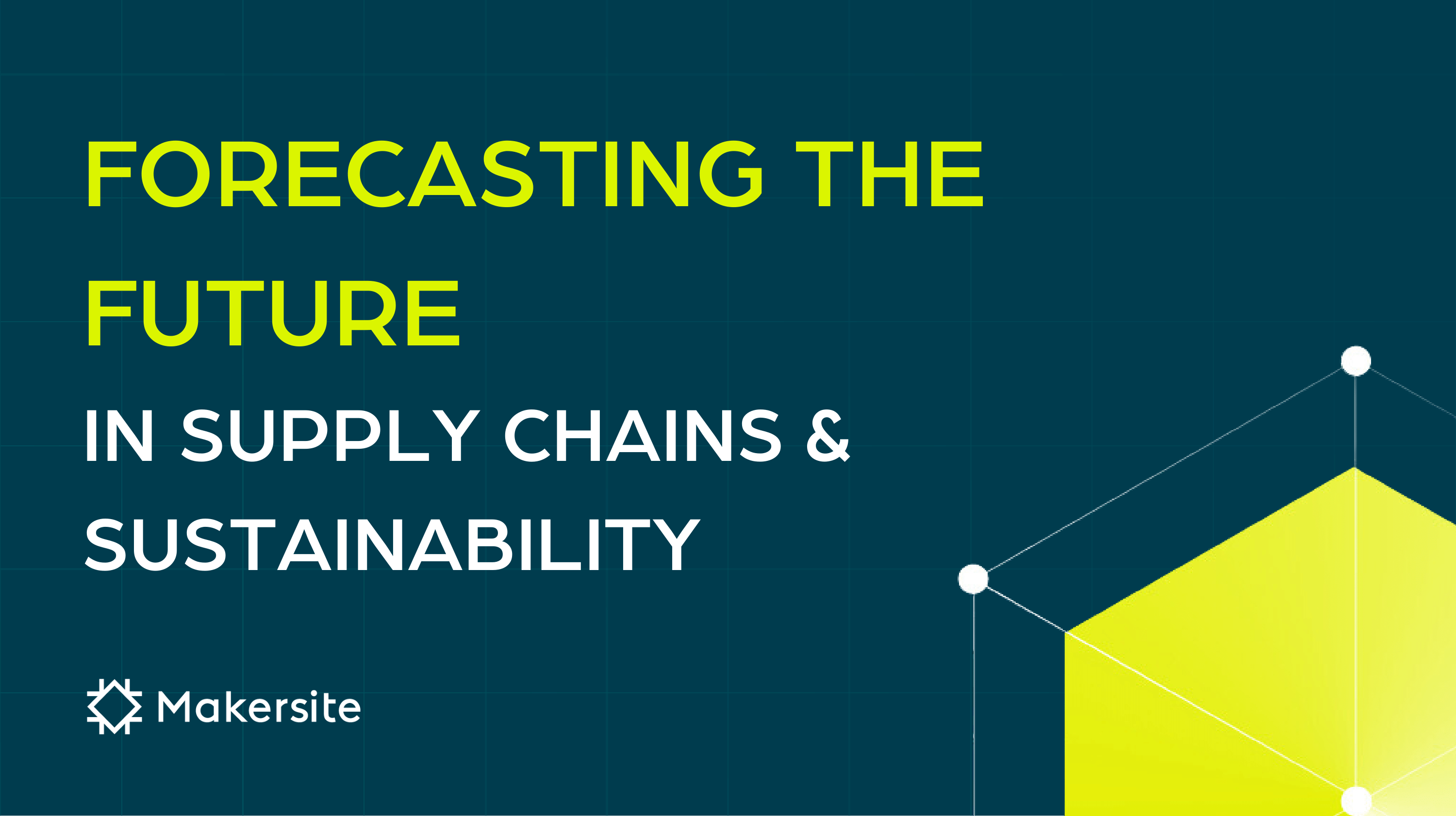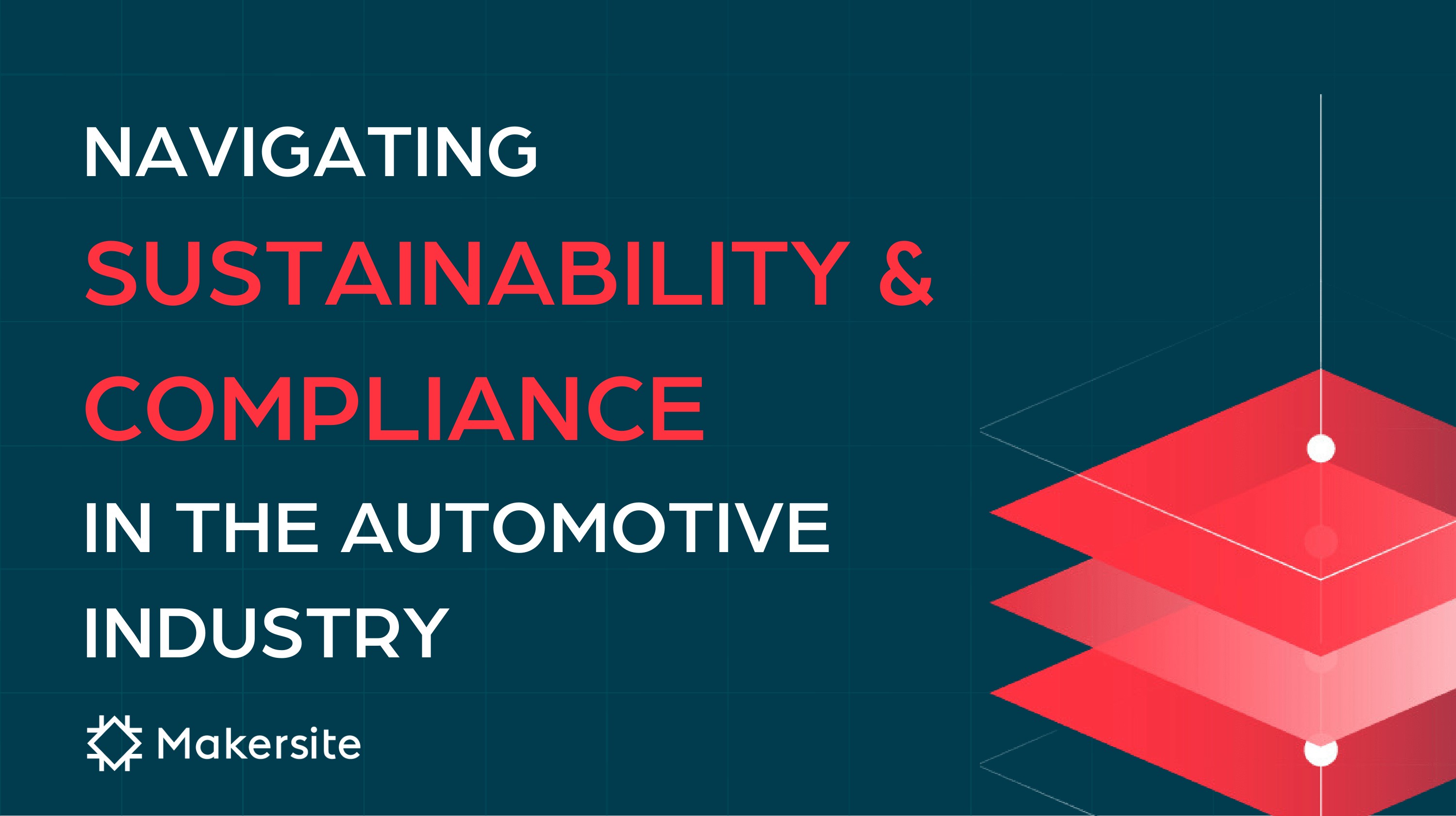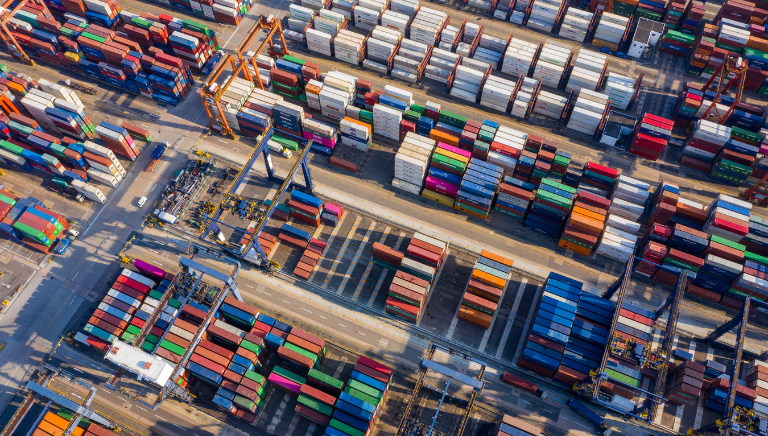You are currently viewing a placeholder content from Wistia. To access the actual content, click the button below. Please note that doing so will share data with third-party providers.
More InformationMasterclass Key Takeaways
Manufacturers today are navigating an increasingly challenging compliance landscape. Global regulations are evolving faster than ever, supply chains are more complex, and regulatory expectations demand far more than just ticking boxes. Modern product compliance now requires robust data management, seamless supplier collaboration, and continuous process optimization to keep pace.
Recognizing these challenges, Makersite’s material & substance compliance experts take a deep dive in our most recent online masterclass to walk through proven strategies to help North American manufacturers not only stay compliant, but scale their compliance operations efficiently, strengthen supplier engagement, and protect product availability.
Here’s what you need to know to build a scalable, resilient product compliance approach, and turn regulatory complexity into a competitive advantage.
The Evolving Compliance Landscape
Regulatory requirements are accelerating at an unprecedented pace, creating new challenges and complexities for manufacturers across every industry. Staying compliant is no longer just about keeping up, it’s about staying ahead.
Here’s a look at the biggest hurdles North American companies are facing right now.
Key Challenges for Manufacturers
- Complex and Expanding Regulations: Regulations like REACH, TSCA’s PFAS reporting rules, and RoHS exemptions are adding thousands of new substances to watch, often at an accelerating pace.
- Disjointed and Isolated Data Systems: Traditional tools like spreadsheets, ERP, and PLM platforms often operate in silos, making it challenging for organizations to establish seamless communication between systems. This lack of cohesion leads to disjointed, unstructured data that is difficult to integrate, analyze, and leverage effectively for decision-making. As a result, teams may experience inefficiencies, errors, and missed opportunities for growth and innovation.
- Fragmented Supplier Communication: Relying on emails and forms, without a centralized platform for managing supplier responses, approvals, and escalations, leads to confusion, delays, and errors. On top of that, suppliers are overwhelmed with requests from hundreds of different customer portals, making engagement and data collection even harder to scale.
- Compliance Addressed Too Late: Reactive compliance approaches don’t just risk shipment delays, costly redesigns, and regulatory fines. They also limit strategic options. Staying ahead of evolving legislation, like monitoring the SVHC Candidate List, enables companies to substitute risky materials early. New regulations like PFAS reporting in the US require companies to trace product data backwards, in some cases as far as January 2011.
The consequences of non-compliance are becoming more severe, and increasingly business critical. Without robust processes in place, manufacturers risk facing shipment holds, financial penalties, loss of customer trust, and even market bans. In some cases, a single missing declaration or outdated material can block product access to entire regions, leading to lost revenue, disrupted supply chains, and strained customer relationships.
The Exploding Regulatory Horizon
The challenge isn’t static; it’s expanding. Manufacturers must keep pace with key regulatory deadlines such as:
- California & New York PFAS Bans: Taking effect in 2025. These bans have significant implications for industries like Automotive, where PFAS are commonly used in coatings, upholstery, and other vehicle parts. Additionally, New Mexico’s HB 212, signed into law on April 8, 2025, makes it the third U.S. state, following Maine and Minnesota, to enact a broad PFAS ban.
- REACH Updates: Universal PFAS restrictions are currently under review, but what makes this regulation unique is that it doesn’t target specific substances, but an entire group of chemicals. This presents a particular challenge for industries like medical devices, where certain products can’t currently be manufactured without PFAS.
- Current discussions at ECHA indicate two possible directions: Industry may continue to use fluoropolymers only where no alternatives exist. Meaning if a competitor can produce a similar product without PFAS, you may be required to do the same. Secondly, consumer uses of fluoropolymers are still being considered for a complete ban.
- RoHS Lead Exemption Phaseouts: Changes expected in the next 12–18 months. The EU’s Restriction of Hazardous Substances (RoHS) directive has historically allowed certain exemptions for the use of lead in specific applications, particularly in complex electronics and medical devices where no viable alternatives existed. However, many of these exemptions are now under review and expected to be phased out in the coming 12–18 months. This presents a significant challenge for manufacturers, especially in sectors like electronics, automotive, and industrial equipment, where lead has been critical for soldering and high-reliability components. Companies relying on these exemptions need to act now to identify alternative materials, redesign components, or prepare for requalification processes, all of which can be costly and time-consuming if left too late.
The overlaps in these regulations—such as varying thresholds and contradictory rules between federal and state mandates (e.g., TSCA vs. California PFAS disclosures)—add further complexity.
Pro Tip
To remain competitive and compliant, manufacturers need scalable systems that enable centralized compliance tracking, cross-functional regulatory reviews, and ongoing horizon scans.
Supplier Engagement & Data Collection
Effective compliance starts with obtaining the right input data from suppliers. Without this, meeting regulatory requirements becomes an uphill battle. Leading organizations are overcoming this challenge by leveraging a centralized supplier portal, a single source of truth that not only streamlines data collection but also provides built-in escalation paths and approval workflows.
By equipping suppliers with a central portal that offers escalation and approval functionalities, companies can ensure faster response times, better data accuracy, and improved collaboration. This approach reduces confusion, minimizes back-and-forth emails, and provides full traceability across supplier communications, a critical advantage when managing complex global supply chains.
Minimum Data Requirements
Ensure seamless and comprehensive compliance by securing access to:
- Bills of Materials (BOMs): A detailed breakdown of all materials and components used in your products, essential for accurate regulatory reporting.
- Supplier-Provided Files: Full Material Declarations (FMDs) and Certificates of Compliance (CoCs) to ensure traceability and adherence to standards.
- SCIP and Regulatory IDs: Streamline automated submissions and maintain efficiency in meeting regulatory demands.
FMDs vs. CoCs: Understanding the Difference
- FMDs provide complete transparency, offering a robust framework for long-term compliance that evolves with regulatory advancements.
- CoCs, while suitable for immediate needs, require frequent updates to align with changing regulations—making them less sustainable for future-proof compliance strategies.
Pro Tip
Revolutionize your compliance approach with a focus on innovation, efficiency, and sustainability. By leveraging advanced data strategies, your business can stay ahead of regulatory demands while building a foundation for long-term success.
Simplify Supplier Collaboration
Simplifying supplier collaboration isn’t just about sending standardized forms. It requires the right technology to scale effectively. Equip your suppliers with intuitive, standardized formats like IPC 1752 to prevent fatigue and reduce friction. But to truly streamline the process, companies need a software solution that enables automated workflows for collecting, validating, and managing supplier data at scale.
Automation not only saves time for everyone involved but also reduces error rates and ensures data consistency, something manual processes simply can’t deliver when dealing with complex supply chains and evolving regulatory demands.
Automating Internal & External Compliance Reporting
Compliance demands transparency at every level. Here’s how automation transforms reporting processes.
- Drill into the details: Analyze BOMs at a granular level to pinpoint components and assess compliance risks with precision.
- Big-picture monitoring: Gain complete visibility across your portfolio with real-time dashboards tracking product status, supplier responsiveness, and key compliance metrics.
External Stakeholder Reporting
Streamline compliance management with automation that eliminates manual processes, delivering:
- Ready-to-submit regulatory documents (e.g., SCIP or ECHA submissions).
- Customizable dossiers tailored to meet customer and market-specific requirements.
Manufacturing enterprises need a centralized platform seamlessly integrates with ERP and PLM systems, ensuring stakeholders always have access to accurate, up-to-date compliance data.
Scaling Compliance Efforts-Why it Matters
With growing product lines and expanding global markets, manual compliance efforts no longer cut it. They fail to keep up with evolving regulations, hamper market readiness, and increase operational costs.
Next-Generation Solutions for Scalable Compliance
- Leverage Automation: Automate workflows and data flows to reduce manual errors and accelerate compliance efforts.
- Adopt Standardization: Use globally accepted data formats (e.g., IPC), enabling smoother communication across teams.
- Adapt to Change: Implement systems that not only flex with new regulatory requirements but also enable companies to proactively identify and substitute substances or materials, even before new regulations come into force. This future-proofing approach helps avoid costly redesigns, reduce risk, and accelerate market entry.
By investing in digital tools, companies can significantly reduce time-to-market while managing the growing complexity of product compliance. You can accelerate data processing, automate regulatory checks, and helps identify potential product compliance risks early, even across large, fragmented supply chains. This not only speeds up supplier data validation but also enables smarter decision-making when it comes to material substitutions, regulatory reporting, and risk mitigation.
Looking Beyond Compliance
Compliance isn’t just a legal mandate; it’s a strategic advantage and an untapped opportunity to drive sustainability and innovation.
Product Compliance Managers sit on a gold mine of product and material data, often without realizing its full potential. The detailed supplier, material, and substance information collected for compliance purposes forms the perfect foundation for conducting Product Carbon Footprints (PCFs) and Life Cycle Assessments (LCAs) at scale.
This creates a unique opportunity to break down organizational silos between product compliance and product sustainability teams. By leveraging compliance data more strategically, companies can accelerate sustainability initiatives, reduce Scope 3 emissions, and design greener products — all without starting data collection from scratch.
Driving Sustainability Through Innovation
Enhancing BOM data with material insights empowers manufacturers to:
- Conduct precise Life Cycle Assessments (LCA) and calculate accurate Product Carbon Footprints (PCF).
- Monitor and report Scope 3 emissions for comprehensive corporate sustainability strategies.
- Implement Eco-design Scenarios to replace non-compliant materials with greener, cost-efficient alternatives.
Strategic Recommendations
Adopt a proactive, scalable compliance strategy designed to drive efficiency and ensure sustainability.
- Leverage Supplier Data: Analyze existing data to map compliance gaps and address deficiencies with targeted outreach.
- Minimize Supplier Fatigue: Implement long-term data solutions like FMDs to reduce repetitive requests and build stronger, collaborative supplier relationships.
- Bring Compliance In-House: Enhance transparency, reduce reliance on external consultants, and stay agile in adapting to regulatory changes.
- Automate Reporting Processes: Deliver precise, real-time reports that integrate seamlessly with external systems, ensuring compliance with ease.
- Future-Proof Your Strategy: Build scalable systems that adapt to evolving regulations, emerging markets, and sustainability requirements, keeping your business ahead of the curve.
With these steps, you can transform compliance from a challenge into a strategic advantage, driving innovation and fostering sustainable growth.
What to Do Tomorrow — Whether You Have a System in Place or Not
Have:
- Grade your existing BOMs for compliance gaps and missing data points. This helps prioritize where action is needed most.
- Set up dashboards to provide live updates to stakeholders on product compliance status, supplier responsiveness, and upcoming regulatory risks.
- Evaluate supplier alternatives early to avoid costly, last-minute substitutions, especially for materials flagged by upcoming regulations like PFAS or RoHS.
Have Not:
- Start by mapping what data you have today, often in spreadsheets, ERP, or PLM tools, and identify gaps.
- Engage with suppliers to begin collecting material declarations in standardized formats like IPC 1752.
- Explore solutions like Makersite to centralize your compliance data and automate reporting, laying the foundation for scalable, future-ready compliance processes.
Compliance doesn’t have to be a burden. With the right tools and approach, it becomes a competitive advantage, helping you enter new markets faster, reduce operational risk, and design more sustainable, innovative products.







